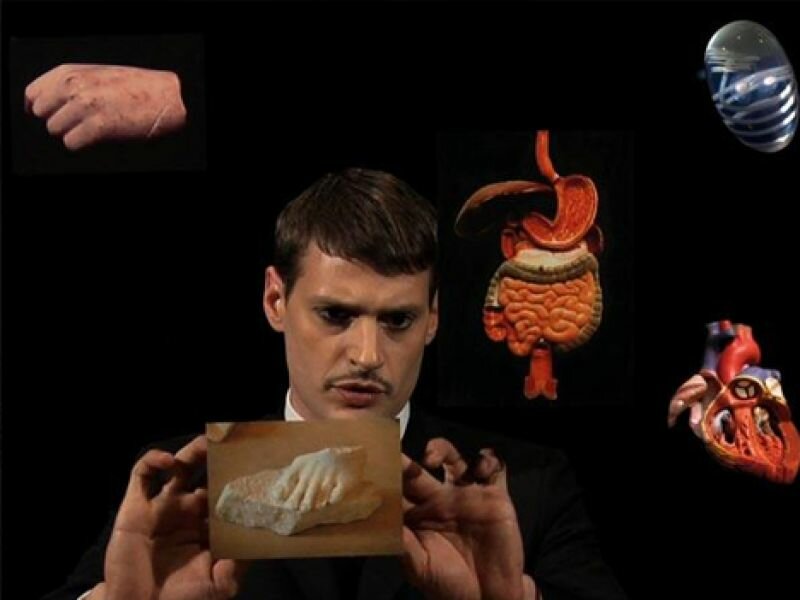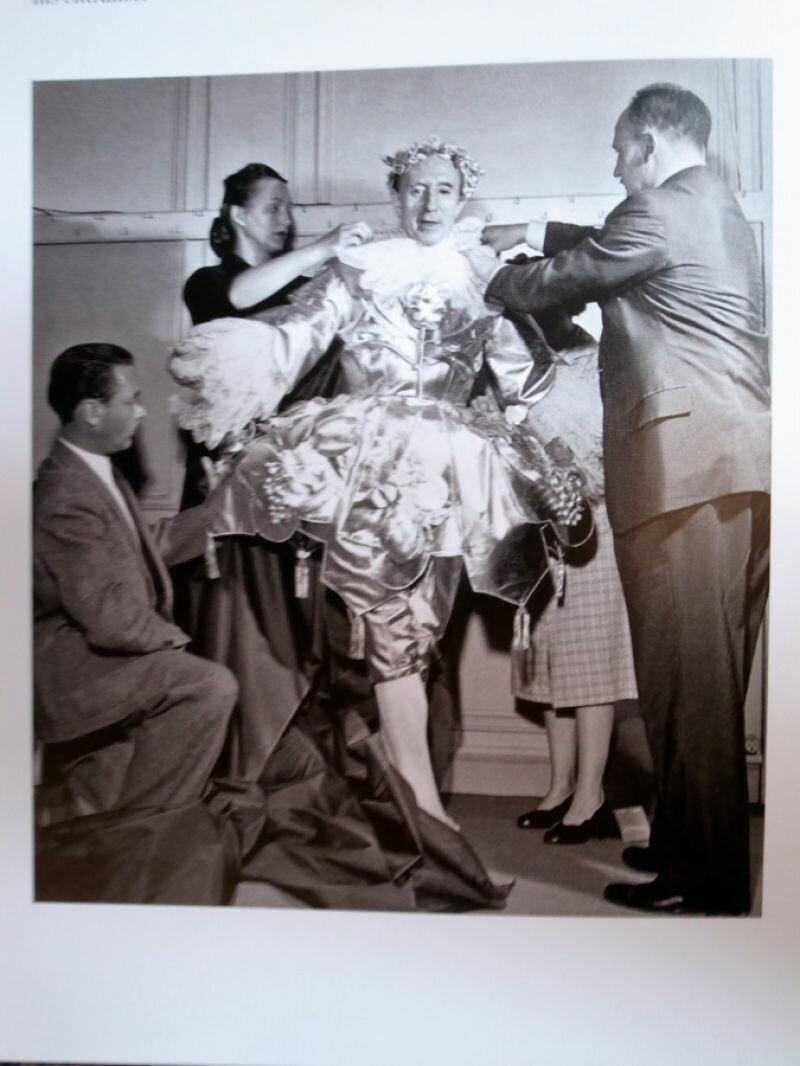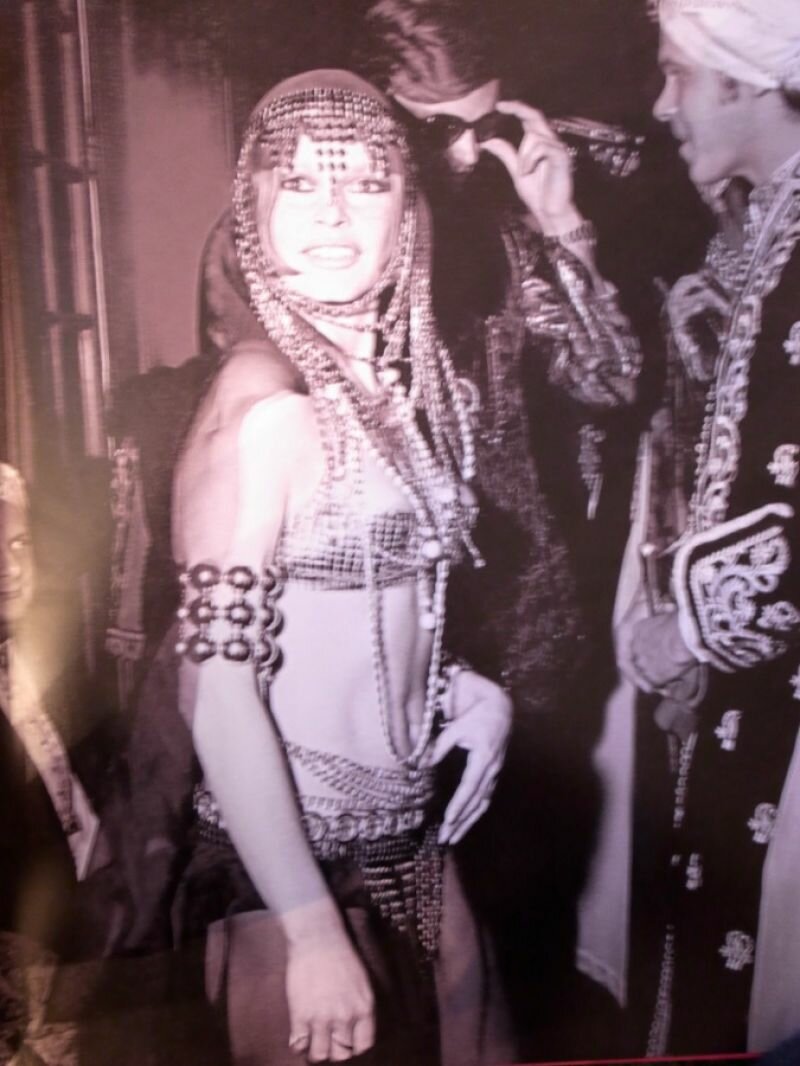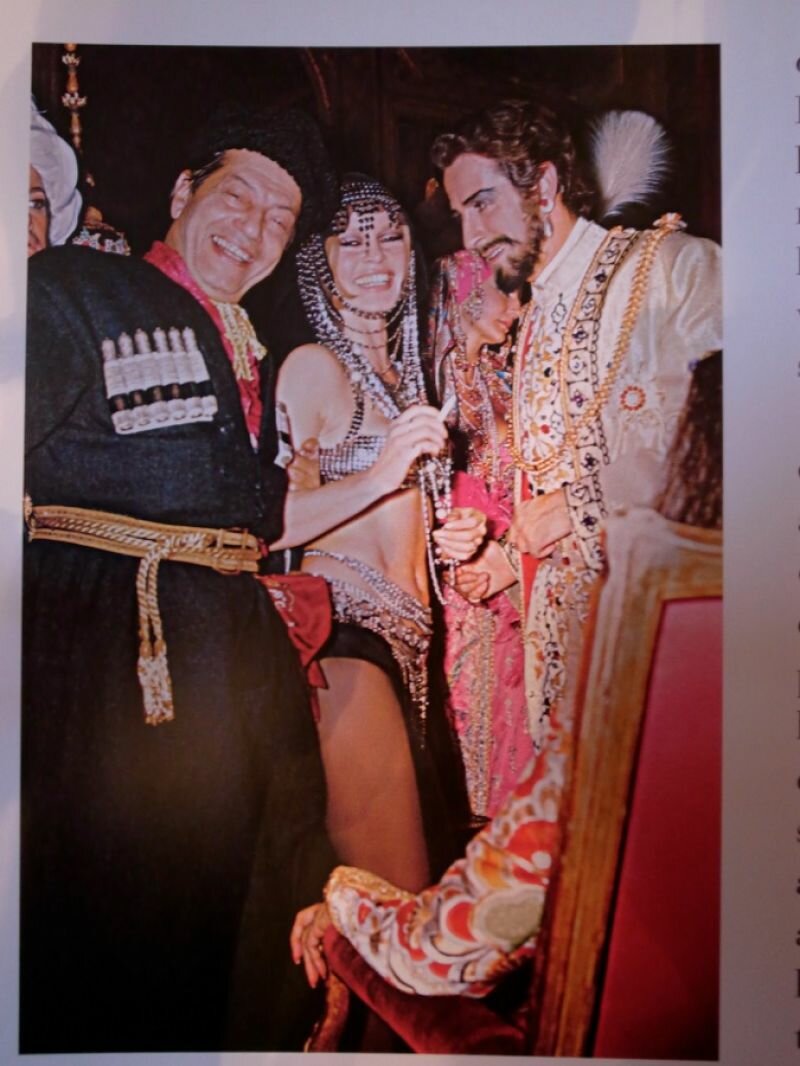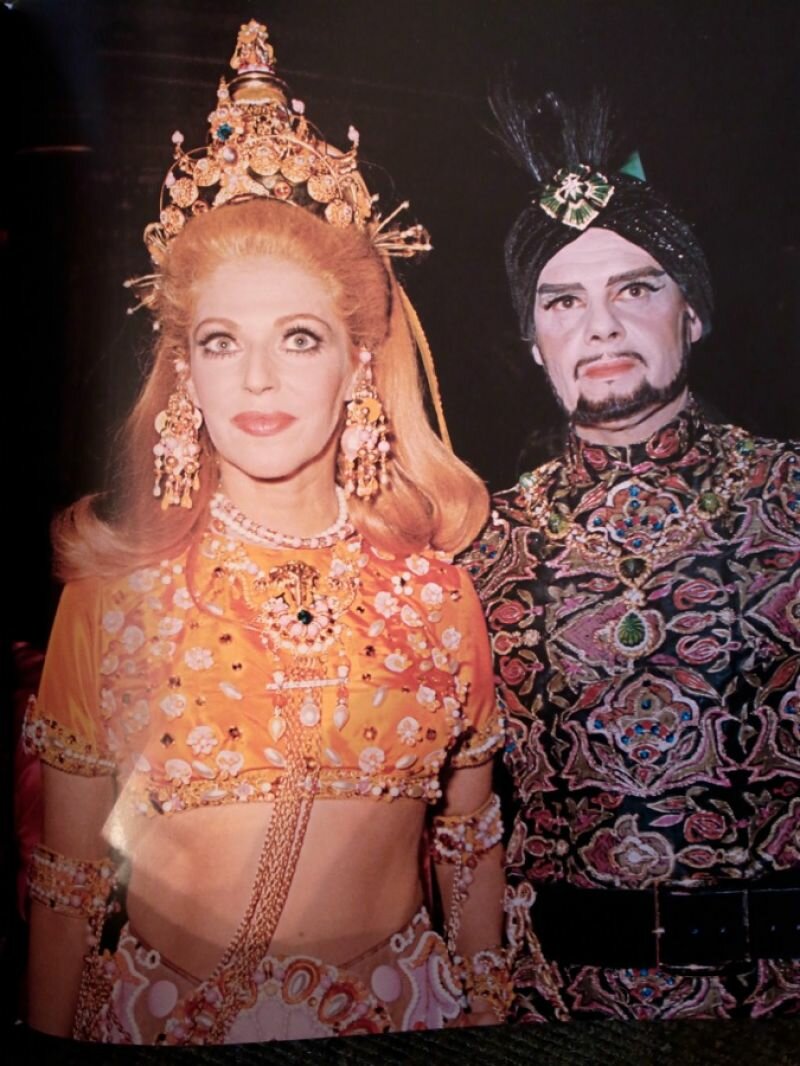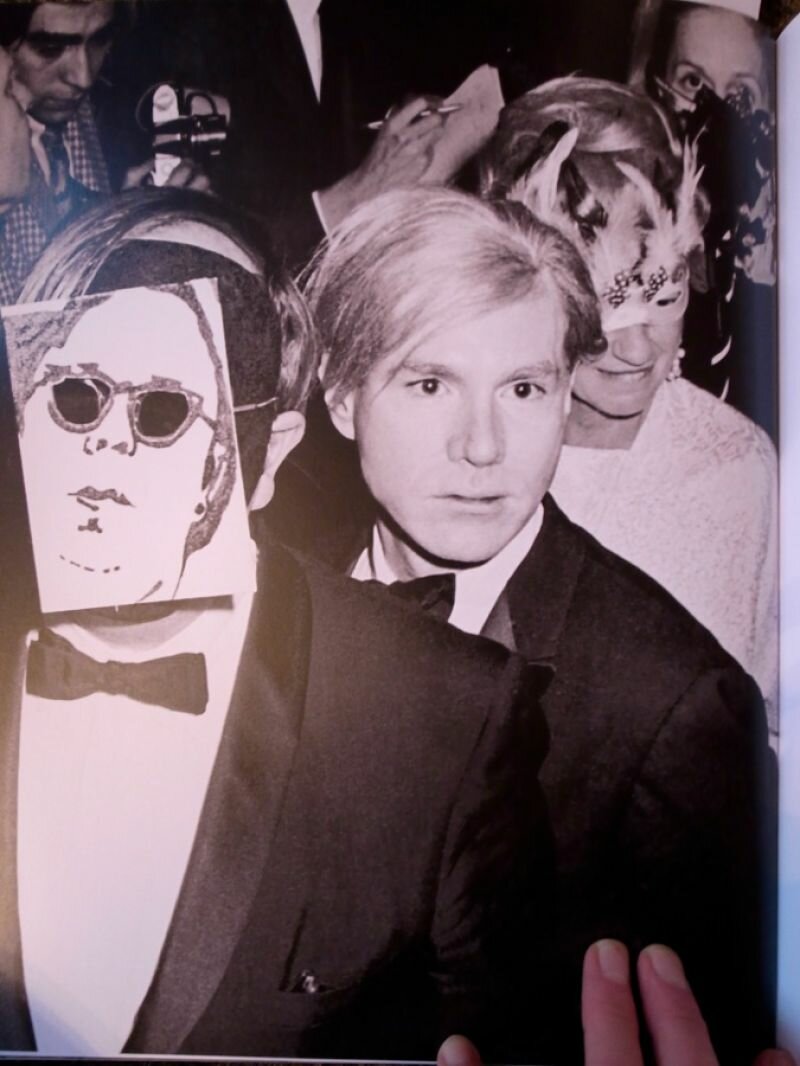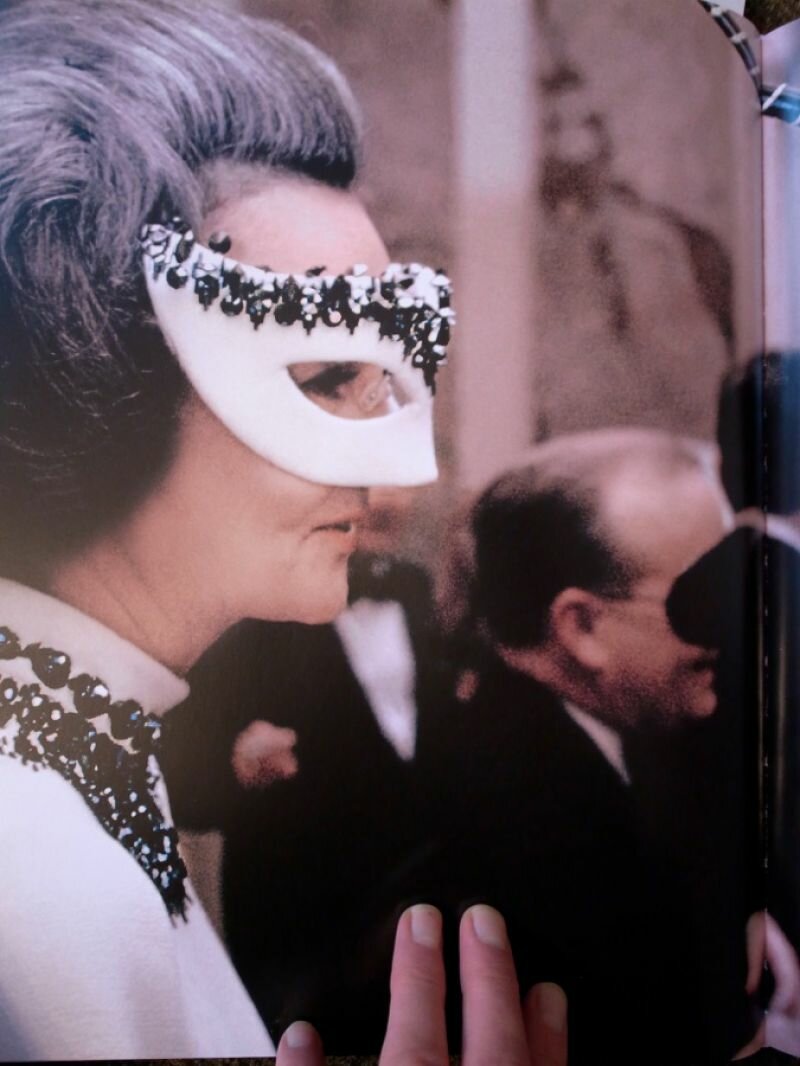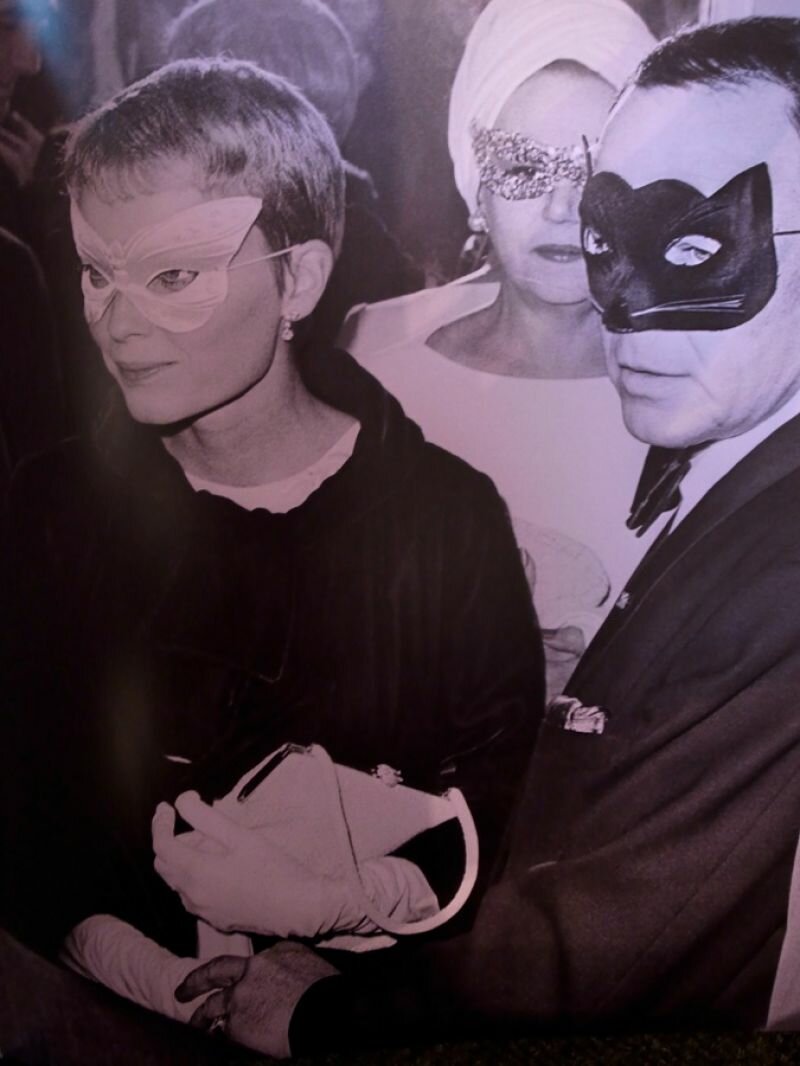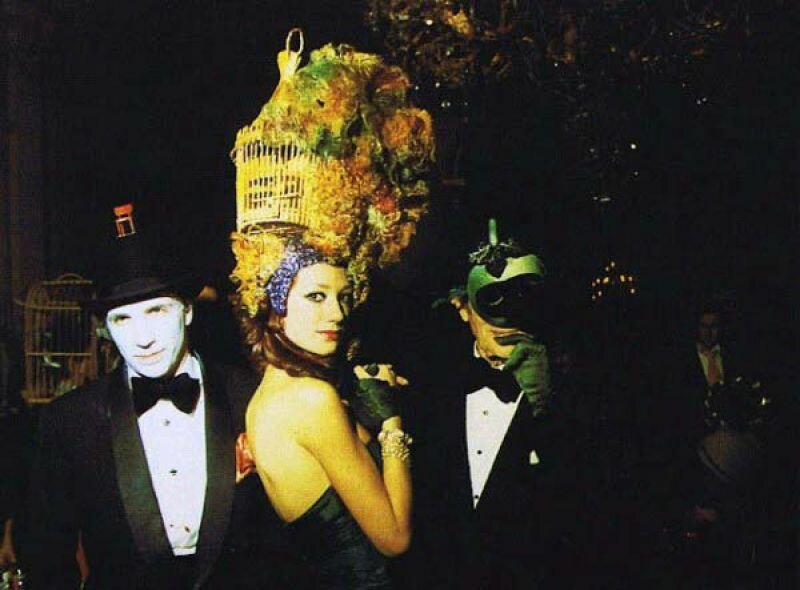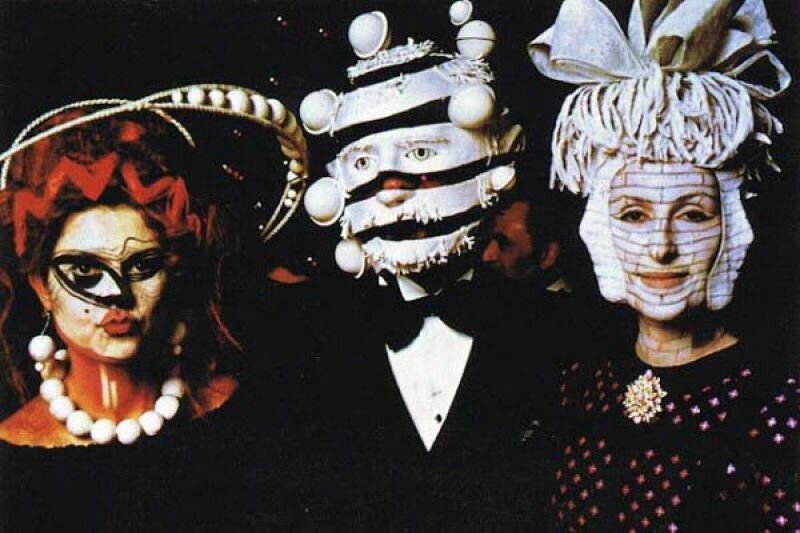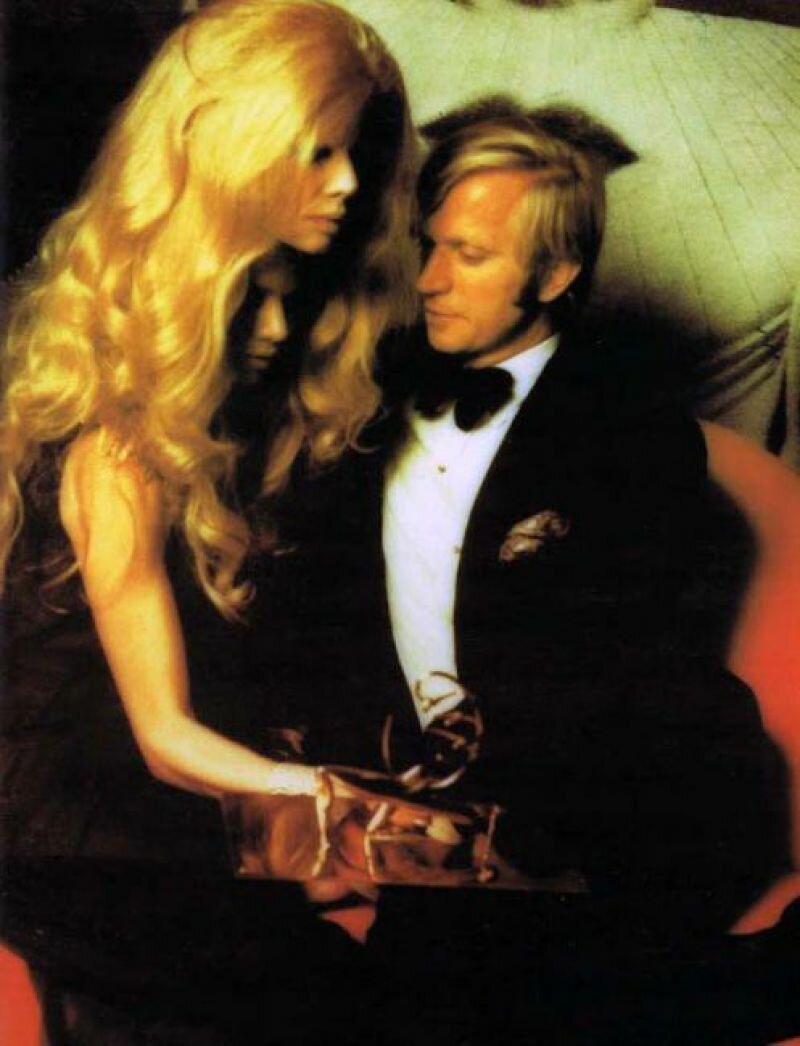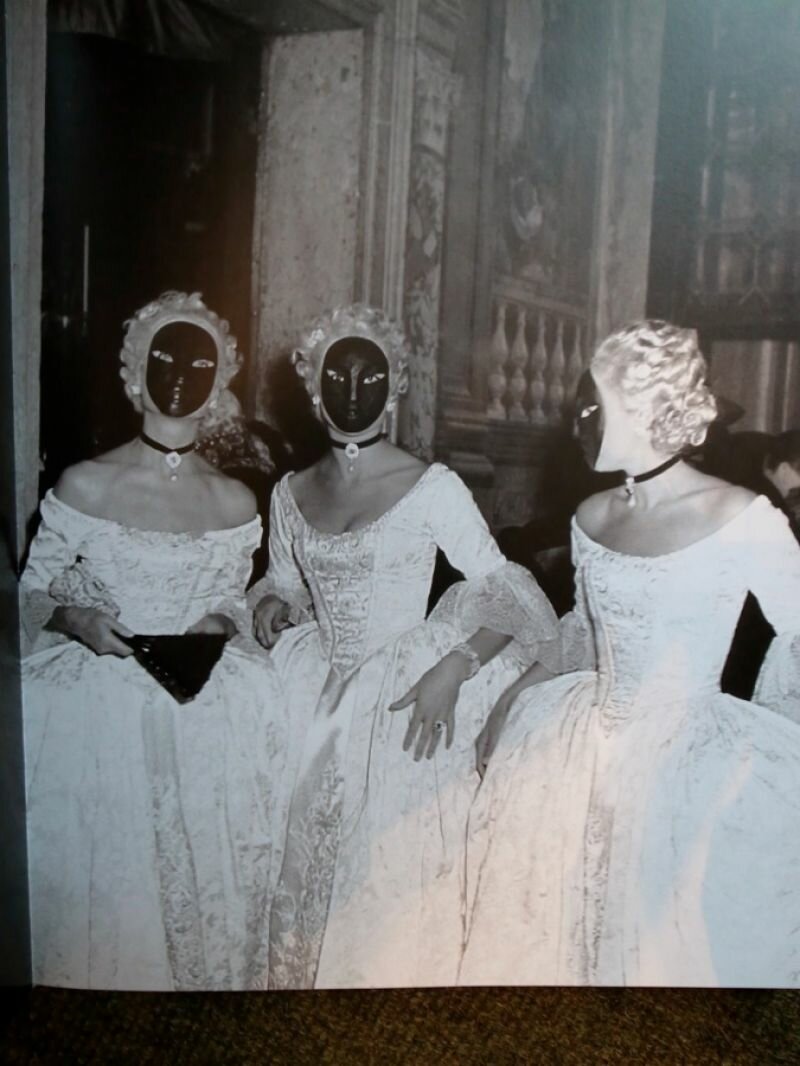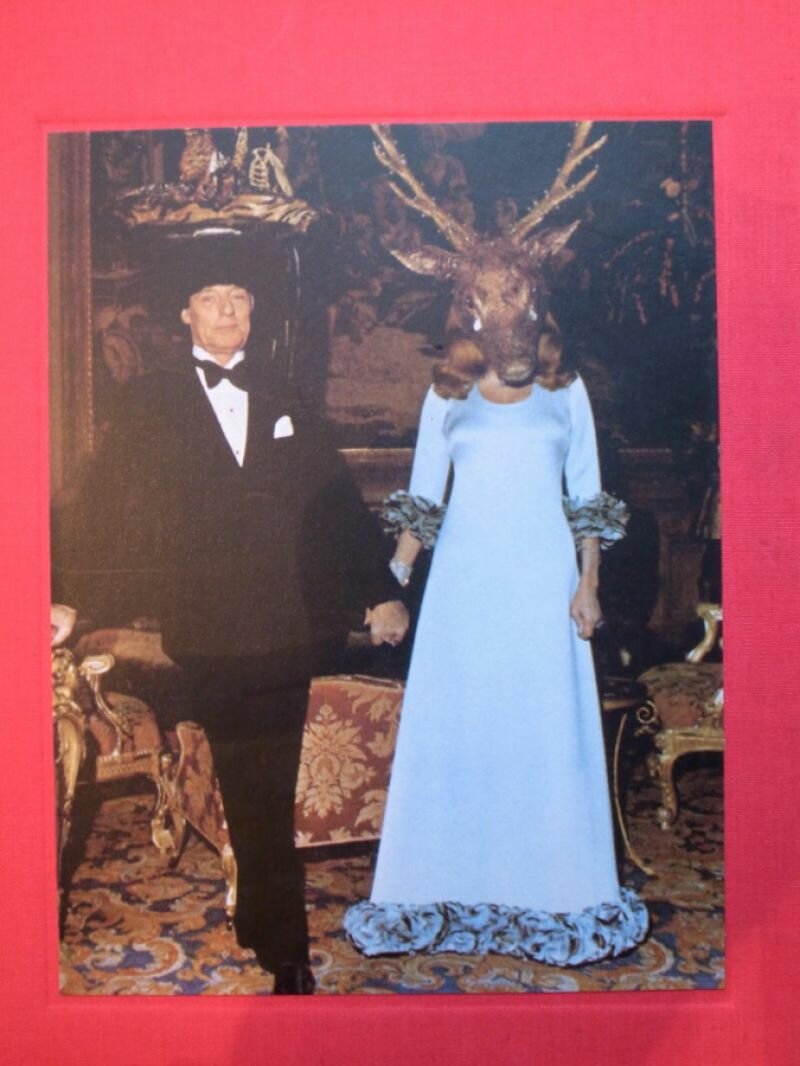
This morning, Marina Abramović stands at the entrance to the Serpentine Gallery to welcome the first visitors of the day to her performance piece, 512 hours. ‘Most artists do not say good morning but I do! Good morning!’ she says, and looks deeply into our eyes as we each enter. Once inside, we’re asked to leave our phones and belongings in lockers before stepping into the exhibition.
I’m handed a black strip of cloth to tie over my eyes and coaxed into the white room filled with more than a dozen other blindfolded visitors slowly shuffling around, many with their hands tracing along the side of the walls to keep themselves in check. Muffled noises reverberate through the large gallery space where the bodies of the others are the only obstacles for sound to bounce off of. Robbed of my vision, I am reminded of diving to the bottom of the ocean where the blue extends into an infinity that is endless as well as stifling and claustrophobic.

The invigilator who blindfolded me gently spins me around and I, disorientated, rely on my hearing in a bid to understand my position but can make little of the dull acoustic. My hands, too, find a wall and follow the contours of the room. Every so often I brush against another body and we both erupt in muted giggles. The touch of warmth, the physicality of life and energy within the other is a striking contrast to the cool of the wall. As I move through the space I find myself looking forward to these physical encounters, these intimate meetings that, devoid of eye contact, are based on senses that I’m usually far less aware of.
Suddenly, a soft hand reaches out to mine—it’s been a while since I’ve held a hand and this unexpected contact spreads like the warmth of an enveloping embrace. A calm, hushed voice begins to speak: ‘Walk very slowly, in slow motion. Pay attention to each of your movements’. His soothing voice echoes a semblance of love. Silently, we walk together, hand in hand.
This stranger’s words stirs a feeling deeply nestled within: I am taken care of while I am in a state of near helplessness. For an instant I am in love, that home-coming type of love, perhaps the greatest kind of love! Minutes later, he releases my hand: ‘Carry on without me’. And I continue, gliding through a sightless world and floating on the remnants of the briefest infatuation I’ve ever known.

Rolf Nowotny, Deaf Parent, 2013
Relieved of my blindfold, I walk into the next room where a kind faced girl, another invigilator, leads me to a space where row upon row of cots are laid out. Most of the cots are occupied by visitors wearing ear defenders. They seem to be asleep. She gestures to an empty bed and I lie down. She pulls a thin purple cotton sheet over me and her face floats above me as I close my eyes. Once again, I am pulled into a worriless childlike world, where the maternal figure moves me to a long forgotten state of surrender. Like the shepherd was my lover during my minutes of blindness, the girl momentarily becomes mother.
After my session, I visit the toilet. The girl whose face lingered in the darkness of my closed eyes exits a stall as I await my turn. When our eyes meet, I smile at her and she returns the gesture, although the tenderness of our previous exchange has disappeared. Strangers once again, indeed, and the gallery, too, has reverted to just that: the white cube.
And I realise that I have just fallen for the Marina method despite numberless reasons to be wary: Marina’s embrac of celebrity status and that odd goddess-like persona she strives towards, how my ‘authentic’ experience is induced by paid invigilators repeating the same gestures daily, and how the performance is basically a series of new age mindfulness exercise. And yet, despite this awareness, I’ve gladly given in.
